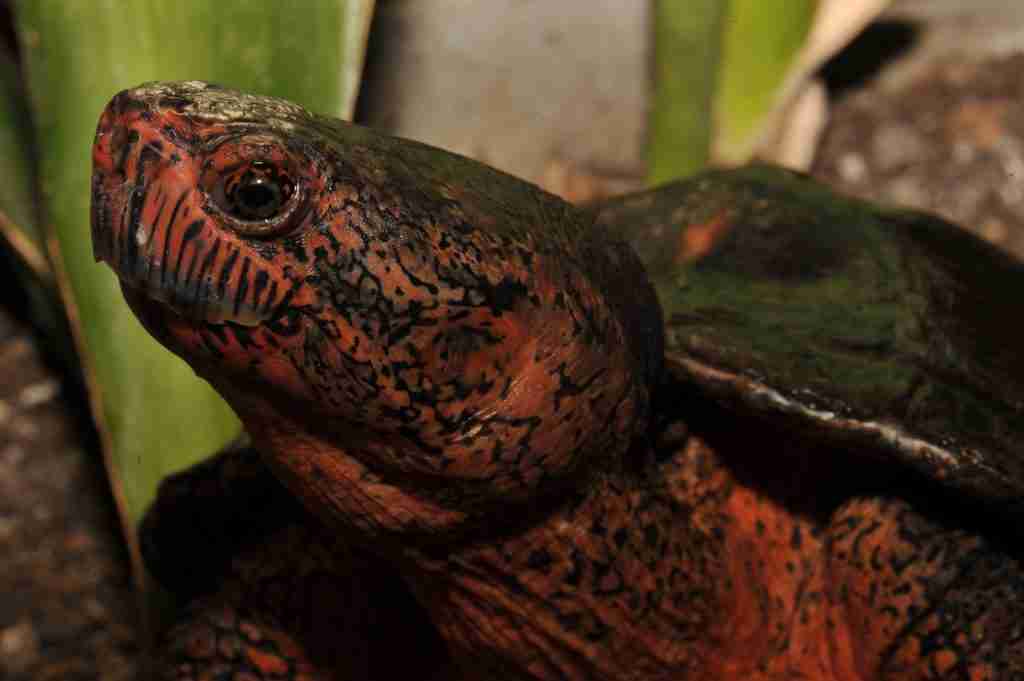SUMMARY
More than 50% of Asian turtle species are ranked by the IUCN as Critically Endangered or Endangered,which means they are on the brink of extinction. The plight of some of these species garners a lot of attention whereas others seem to vanish seemingly unnoticed.
HOW BIG IS THE THREAT?
Red-necked pond turtles (Mauremys nigricans) probably only occur in two southern Chinese provinces, Guangxi and Guangdong. They may also be found on the Chinese island of Hainan and northern Vietnam, where a fossilized skull was found. China’s extraordinary appetite for turtle products has reduced the wild populations to such a degree that the last verified sightings of this turtle in the wild were in the 1930’s.
OUR ROLE
Close international cooperation has allowed us to create a breeding group for the last dumb-head red-necked pond turtles found in the West. What is referred to as the “dumb-head” form is a megalocephalic morph, which is rarer than the smaller headed individuals of this species. Thanks to the assistance of multiple partners, we now have a well developed assurance colony. We managed to locate only one male and three females of the previously plentiful ‘dumb-heads’ in Europe. In the US, no turtles of this variety could be found. Even in China where quite a lot of red- necked pond turtles are kept in farms, the dumb-head variety has become extremely rare. The only male in the West is from the private collection of Waltraud and Ingo Pauler and was affectionately known as ‘Markus’. Markus was key to this project, and Waltraud and Ingo Pauler kindly entrusted us with Markus’ care for this breeding project. Therefore, we want to dedicate this project to our friend Ingo (recently deceased) and his wife Waltraud. One of the females was generously lent to us for the duration of the breeding project by colleagues. Fortunately, we also managed to purchase another female before she was transported to China. Donations from biologists working on the ‘Rice Solar Project’ in the Mojave Desert for the Sundance Biology company enabled us to buy the female and add her to the breeding group. Two years ago, Markus unfortunately died of a myocardial infarction. We managed to hatch 46 turtles from the eggs laid by the three females. The oldest hatchlings were born in 2012, and will reach sexual maturity soon.



